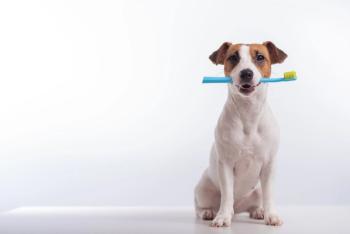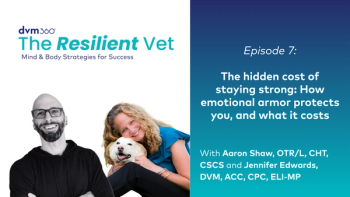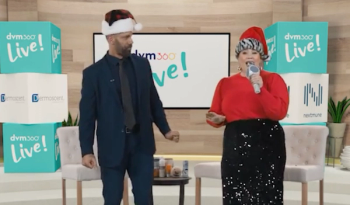
The caribou project: A veterinary student realizes her wildest dreams
When I was 2 years old, my mom read a book to me called The Doctor in the Zoo. That's when I decided to be a veterinarian, but not one who just sees dogs and cats.
When I was 2 years old, my mom read a book to me called The Doctor in the Zoo. That's when I decided to be a veterinarian, but not one who just sees dogs and cats. I was also fascinated by Alaska—one of my favorite pictures, from a National Geographic, showed an Inuit child eating whale blubber in Arctic Alaska. I guess it was only a matter of time until I found a way to combine those two predilections.
A caribou cow from the North Alaska Peninsula Caribou Herd, which is experiencing a population decline. Her calf was killed by wolves. We performed a necropsy on the remains.
Going into veterinary school at the University of Illinois, I wanted to be a zoo veterinarian. But when I started volunteering at the school's wildlife clinic, I realized wildlife medicine was what I wanted to do. It would allow me to work with nontraditional species and to move somewhere spectacular where wildlife was abundant (like Alaska!).
During my first two summers, I did some wildlife work, which I wanted to continue into my fourth year. So I decided to incorporate a wildlife project into my rotation schedule. I networked with Dr. Petra Volmer, a University of Illinois veterinary toxicologist, and Dr. Kimberlee Beckmen, the Alaska state wildlife veterinarian, and together we came up with a project studying cholinesterase activity in wild caribou. I applied to the Morris Animal Foundation Veterinary Student Fellowship program, and the staff and advisors decided to support my project.
A field necropsy (that's me on the far left, and my mentor, Dr. Beckmen, third from the left). We were flown to each necropsy in a helicopter, collected all the samples (including blood for my project), and flew them all back to camp where they were frozen on dry ice.
After four weeks of a small-animal medicine rotation, I headed to Alaska. The first part of my project was the most exciting. I traveled with Dr. Beckmen and a group of biologists to a remote spot on the Alaska Peninsula. The field site was amazing: to the west were 12 miles of treeless tundra stretching to the Bering Sea; to the east were the Aleutian Mountain range and the north Pacific; 100 miles to the north, accessible only by bush plane, was King Salmon, a town of 350 people; and to the south were hundreds of miles of uninhabited tundra.
For 10 days, I lived in a tent at the field site while performing caribou necropsies and collecting blood samples. I spent a lot of time flying over the tundra in a helicopter, which was great!
Here I am doing blood work in the cabin at the field site. The cabin was tiny, and the pantry doubled as the laboratory.
Once the fieldwork was done, I headed to Fairbanks for two weeks where I gathered frozen archived blood from the Department of Fish and Game. I also performed more wildlife necropsies, including a grizzly bear, a muskox, an otter, a beaver, a raptor, a raven, a crane, and a red fox.
Eventually, I came back to Illinois with my samples. I started my diagnostics rotation and spent evenings and weekends running cholinesterase assays (158 of them) in the Veterinary Diagnostic Laboratory under the guidance of Dr. Volmer.
Now the assays are complete, and the statistics are compiled (with thanks to Dr. David Schaeffer). I compared cholinesterase activity between caribou anesthetized with carfentanil and xylazine and those not anesthetized as well as between fresh samples and frozen samples. I have some exciting data that I am planning to publish, and I will have a poster at the annual Morris Animal Foundation meeting.
I am thrilled that I had the opportunity to work in such a wonderful place filled with charismatic wildlife. Not only was it tons of fun, it was, I hope, another step in the right direction in my pursuit of a career in wildlife medicine.
Cristina M. Hansen is a senior veterinary student in the Department of Veterinary Biosciences at the University of Illinois-Champaign College of Veterinary Medicine.
Newsletter
From exam room tips to practice management insights, get trusted veterinary news delivered straight to your inbox—subscribe to dvm360.




